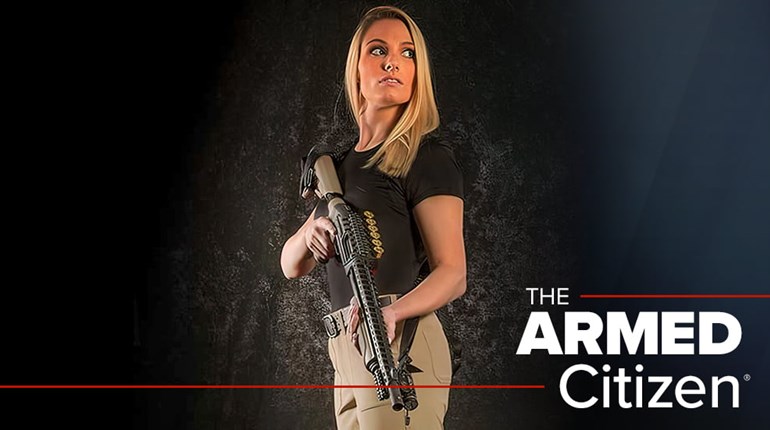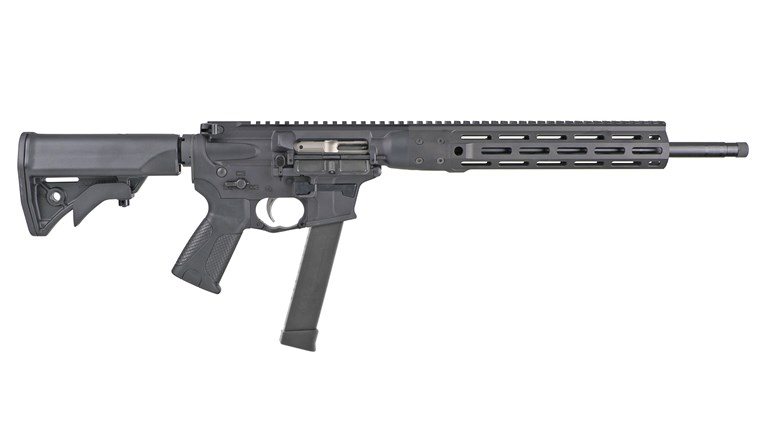
When dedicating the Gettysburg National Cemetery in 1863, President Abraham Lincoln honored those who gave their “last full measure of devotion” to defending American freedom. A few years later, Americans began to commemorate “Decoration Day” on May 30 as a time to visit the graves of those who had given their lives during the Civil War. Later, Decoration Day became Memorial Day, honoring the sacrifices of all American soldiers.
Just a few years later another institution was created that is closely related to Memorial Day: the National Rifle Association.
Founded in 1871, the NRA began by dedicating itself to the safety of American soldiers. Because of the efforts of the NRA over the ensuing century and a half, many more American soldiers have been able to accomplish their missions and to return home alive.
When leading generals of the Union Army met in New York in 1871 to found the NRA, they decided to address a problem the Civil War had made manifest. The Confederate Army had been full of soldiers who had grown up on farms, learned to hunt and were proficient marksmen. In contrast, the Union Army had a much higher percentage of soldiers who came from cities and who had no skill with arms. Many of these soldiers were immigrants from places where governments had suppressed the right to bear arms. When these soldiers joined the federal army, their firearms training often consisted of firing only a single shot from a gun.
As the Union generals recognized, the citizen-soldiers who entered the military already skilled at arms had a better chance of becoming proficient soldiers and a better chance of surviving.
As the NRA charter stated, among the NRA’s purposes was educating the “youth of the nation in marksmanship…both as a sport and for the purpose of qualifying as finished marksmen those individuals who may be called up to serve in time of war.”
The first president of the NRA was General Ambrose Burnside. A firearms inventor, governor of Rhode Island and U.S. senator from Rhode Island, Burnside was also a leading civil-rights advocate.
Among the other Union generals who served as early NRA presidents was Winfield Scott Hancock—“the hero of Gettysburg” and 1880 presidential candidate. In his words: “The object of the NRA is to increase the military strength of the country by making skill in the use of arms as prevalent as it was in the days of the Revolution.”
Ulysses S. Grant—the retired president of the United States and the victorious commander of Union forces during the last years of the Civil War—took up the same cause by serving as president of the NRA.
During the NRA’s first decades, it earned popularity for promoting long-distance rifle competition, a sport soon adopted by many men and women. But it also faced opposition from men like New York Governor Alonzo Cornell, who called rifle practice “a waste of money.” In 1880, he predicted: “There will be no war in my time or in the time of my children.”
By 1898, the Spanish-American War would prove him wrong. In the following years, the federal government recognized the importance of marksmanship training for national defense. The political ethos of the time extolled the citizen-soldier: a volunteer and not a conscript, he practiced marksmanship as a civilian so that, in case his country needed him, he would be ready to serve. The cause was much aided by President Theodore Roosevelt and President William Howard Taft, both of them NRA members.
Congress created the Civilian Marksmanship Program (CMP) in 1903. The CMP supervised the National Matches at Camp Perry, distributed surplus military rifles and handguns to the public at low cost and encouraged marksmanship training for all. The federal government’s chosen agent for its work with the public was the NRA, whose national network of gun clubs was full of patriots looking to improve their skills.
From the beginning, as the NRA taught Americans to shoot, this skill also imparted a practical and real relationship with our constitutionally protected freedom. Later, when this freedom began to be attacked by politicians who view the Second Amendment as an impediment to their control of the citizenry, the NRA and its robust membership began to stand up more and more for this civil liberty.
This, of course, is just a taste of how an armed citizenry that knows how to shoot benefits our military, our safety at home and our understanding of what makes us free.






























